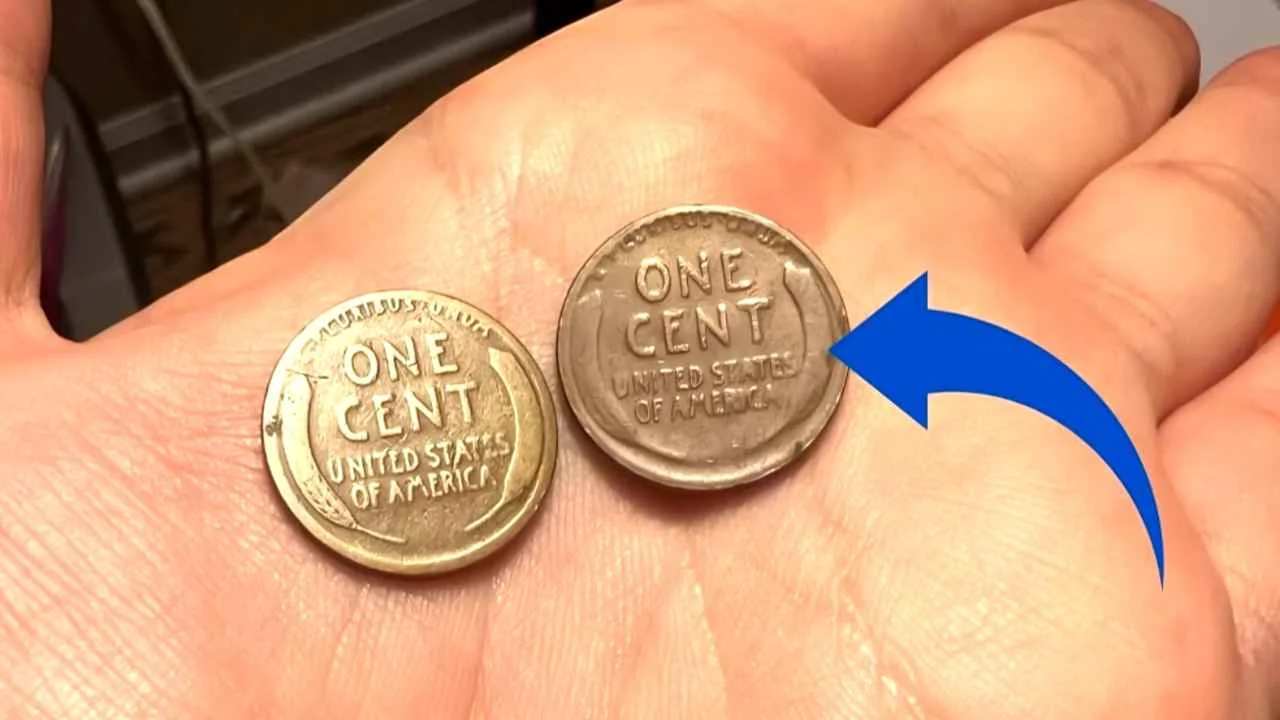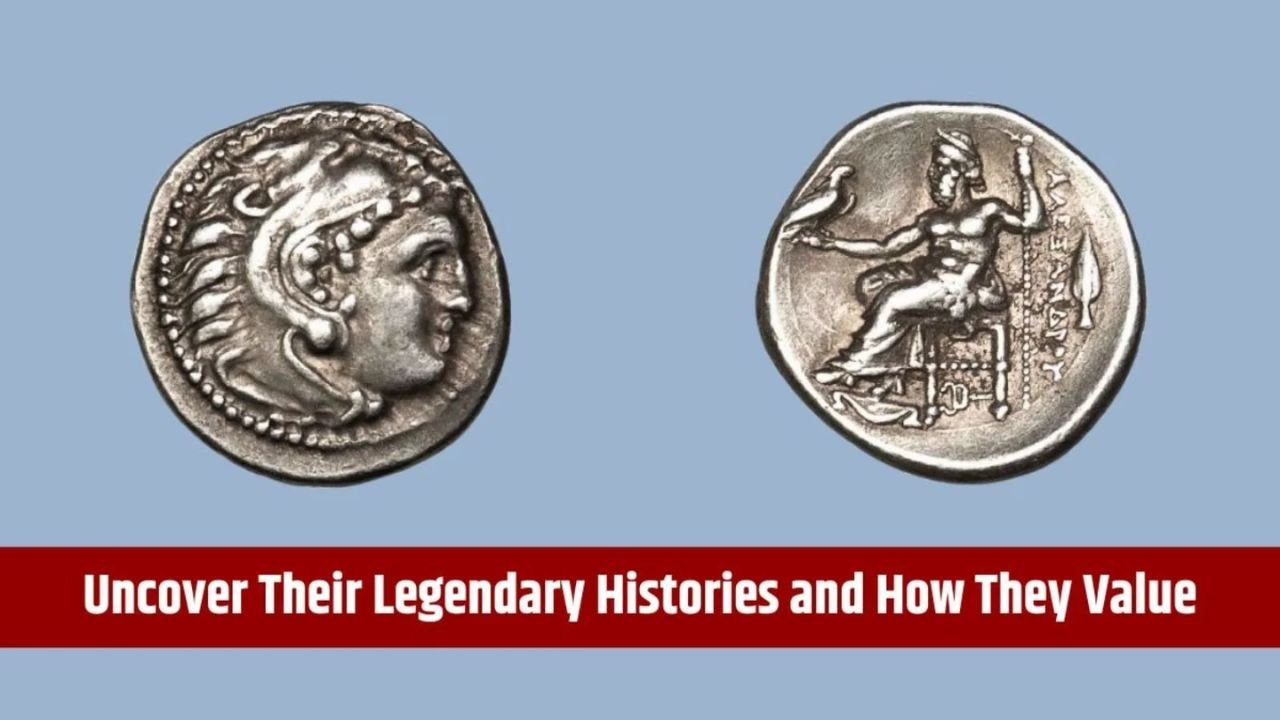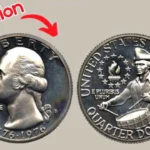The Lincoln Wheat Penny Valued at $1.5 Billion, Still in Circulation
You may think a penny is just one cent, something small and unimportant. Most people don’t even bother to pick one up if they see it on the ground. But what if we told you that a Lincoln Wheat Penny—yes, a regular-looking coin—has been valued at $1.5 billion? Sounds unbelievable, right? But that’s the amazing part. A coin that once cost almost nothing could be worth more than anything we’ve ever imagined.
In this article, we’ll walk you through the story of this rare coin, why it’s worth so much, how it could still be out there in everyday circulation, and what you should look for. The best part? The language is simple, straight, and easy for anyone to follow.
History of the Lincoln Wheat Penny
The Lincoln Wheat Penny was first introduced in 1909 to celebrate the 100th birthday of President Abraham Lincoln. This penny was the first U.S. coin to feature a real person’s face on it. On the front side (called the obverse), there’s Lincoln’s profile, and on the back (called the reverse), there are two stalks of wheat—one on each side—symbolizing growth and prosperity.
This design was used until 1958, after which the wheat stalks were replaced with the Lincoln Memorial. Because of its age and design, the Wheat Penny is already a collector’s item. But one version of it is worth far more than all the others combined.
Why Is One Lincoln Wheat Penny Worth $1.5 Billion?
You may wonder what makes a simple penny so special. Well, there’s more than one reason:
-
Unique Error: The $1.5 billion Lincoln Wheat Penny is believed to have a minting error that is one of a kind. Something went wrong during the production process that created a coin unlike any other.
-
Historical Timing: Some believe this coin was minted during a transition year, possibly using experimental materials or an older die (the metal stamp used to print coins).
-
Perfect Condition: It’s said to be in flawless condition, something very rare for such an old coin.
-
Mystery: There is also an element of mystery and myth. The coin was reportedly discovered in a private collection, but its origins remain unclear. This has added to its fame and price.
-
High Demand: Collectors from around the world are ready to pay huge amounts for it. One such collector reportedly offered $1.5 billion, making it one of the highest valued coins ever.
Overview Table: Lincoln Wheat Penny Quick Facts
| Feature | Details |
|---|---|
| Coin Name | Lincoln Wheat Penny |
| First Year Issued | 1909 |
| Last Year with Wheat Design | 1958 |
| Most Valuable Version | Unknown year, mint error, perfect condition |
| Estimated Top Value | $1.5 Billion |
| Typical Circulation Value | 1¢ to $100 (depending on year and condition) |
| Special Features | Minting error, unique metal, uncirculated state |
| Still in Circulation? | Yes, regular versions still appear in daily use |
| Collectors’ Favorite Years | 1909-S VDB, 1914-D, 1943 copper, and rare errors |
Could This Billion-Dollar Penny Still Be in Circulation?
Believe it or not, yes—it’s possible. Most people don’t know what to look for when checking coins, and rare coins sometimes get accidentally spent or passed on without notice.
Some reasons why it might still be out there:
-
People clean out old drawers, jars, and piggy banks and cash in the coins without checking.
-
It might have been used by someone unaware of its worth.
-
It could be sitting in someone’s coin collection, with the owner having no idea how rare it is.
That’s why coin experts and collectors recommend checking your coins carefully, especially old Wheat Pennies.
How to Identify a Valuable Lincoln Wheat Penny
If you want to check your coins for something rare, here are a few things to look for:
-
Look at the Back: If there are two wheat stalks, it’s a Wheat Penny.
-
Check the Date: Some years are rarer than others—1909-S VDB, 1914-D, and 1943 copper are known to be valuable.
-
Inspect the Mint Mark: Look under the year. A small “D,” “S,” or no mark tells you which mint made it.
-
Check the Condition: A shiny, uncirculated coin with no scratches is much more valuable.
-
Look for Errors: Double numbers, missing letters, off-center printing—these can make a coin special.
If you find something unusual, don’t clean the coin! Cleaning can reduce its value. Instead, take it to a coin expert or a grading service.
FAQs
1. Is there really a penny worth $1.5 billion?
Yes, reports suggest that a rare version of the Lincoln Wheat Penny with a unique error and perfect condition has been valued at $1.5 billion by private collectors.
2. Can I still find Wheat Pennies in circulation?
Yes! While rare, they do pop up in everyday change. Most are not worth much, but you never know what you’ll find.
3. How do I know if my penny is valuable?
Check the date, mint mark, and condition. Also, look for minting errors. If you’re unsure, show it to a coin expert.
4. What year Lincoln Wheat Pennies are the most valuable?
1909-S VDB, 1914-D, 1922 No D, and 1943 copper are some of the rarest and most valuable.
5. Should I sell my coin if I find a rare one?
That depends. If it’s truly rare, have it appraised first. You might want to hold onto it or sell it at auction to get the best price.
Final Thoughts
The idea that a one-cent coin could be worth $1.5 billion seems hard to believe, but it’s a true example of how value isn’t always about face value. Sometimes history, rarity, and condition come together to create something incredibly valuable.
So next time you get change at the store, take a second to look at your pennies. What seems ordinary could turn out to be a once-in-a-lifetime treasure. All it takes is one special coin to change everything.














